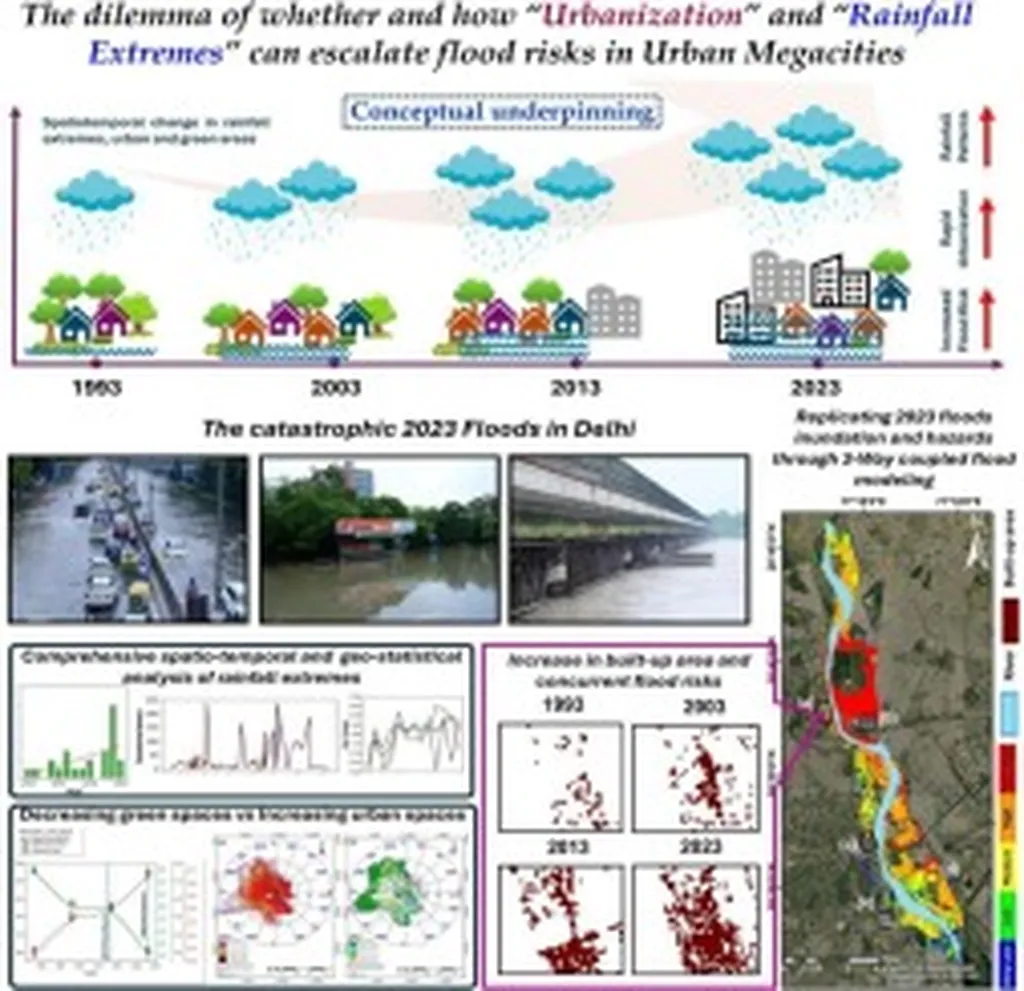In the bustling District of Abidjan, where urban life thrives amidst a backdrop of tropical rains, a critical study has shed new light on the dynamics of urban flooding. Led by Ibrahim Salifou from the Laboratory of Sciences of Matter, Environment, and Solar Energy at Université Félix Houphouët-Boigny, the research, published in the journal *Environmental Research Communications* (translated as *Communications on Environmental Research*), offers a comprehensive evaluation of satellite rainfall estimates (SREs) and their role in understanding flood-generating processes. This work is not just academic; it has profound implications for urban planning, disaster management, and the energy sector.
The study, which analyzed data from 1990 to 2022, utilized multiple SRE products, including IMERG (EARLY and FINAL runs) and CHIRPS, to dissect the spatial and temporal variations of floods in Abidjan. The findings are stark: approximately 210 flood events occurred in the district, with a staggering 70% of them happening in June alone. These events have resulted in over 350 casualties, including 170 deaths and 180 injuries, as well as significant material and economic damages.
“Heavy rainfall events, particularly those exceeding 30 mm per day, are the primary triggers for these floods,” explains Salifou. “Our analysis reveals that nearly 75% of the identified flood events were linked to excessive or short-duration rainfall episodes, driven by soil saturation and intense precipitation occurring before and/or during the flood events.”
The research also highlights the performance of different SRE products. While IMERG-EARLY excels at the daily scale, CHIRPS is more effective in detecting extreme rainfall values. This distinction is crucial for developing accurate early warning systems and implementing effective flood risk management strategies.
For the energy sector, the implications are significant. Urban flooding can disrupt power grids, damage infrastructure, and lead to prolonged outages, all of which have economic repercussions. Understanding the patterns and triggers of flooding can help energy companies better prepare and mitigate risks. “By integrating these findings into urban planning and disaster management, we can enhance urban resilience and protect critical infrastructure,” Salifou adds.
The study’s findings could shape future developments in flood risk management, including the development of early warning systems and policy measures that enhance urban resilience. As cities continue to grow and climate change exacerbates extreme weather events, such research becomes increasingly vital.
In the words of Salifou, “This research is a stepping stone towards a more resilient future for Abidjan and similar urban areas. It’s not just about understanding the past; it’s about preparing for the future.”
As the District of Abidjan continues to evolve, this study serves as a crucial guide for policymakers, urban planners, and energy sector stakeholders, offering a roadmap to navigate the challenges posed by urban flooding.

